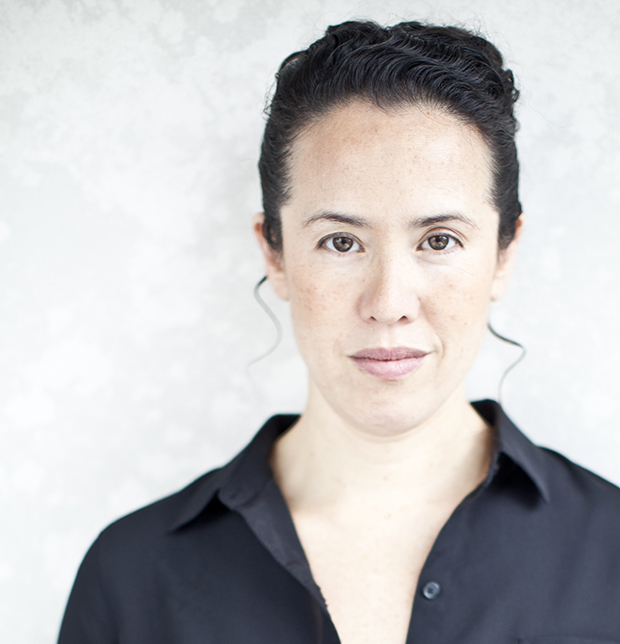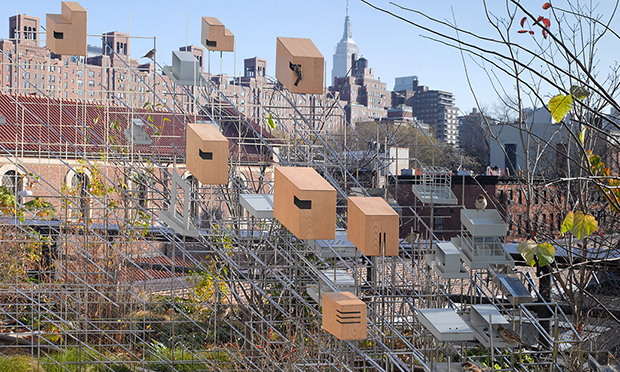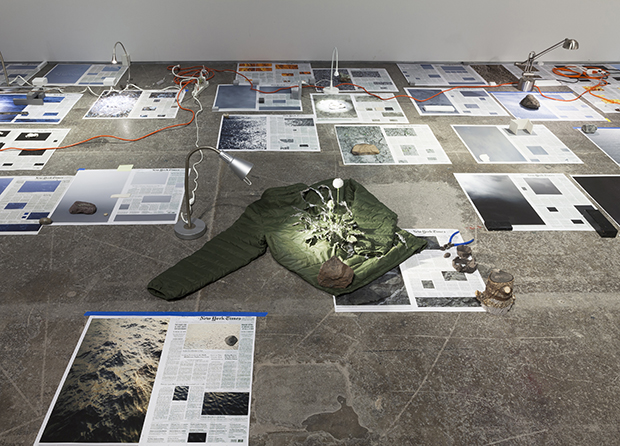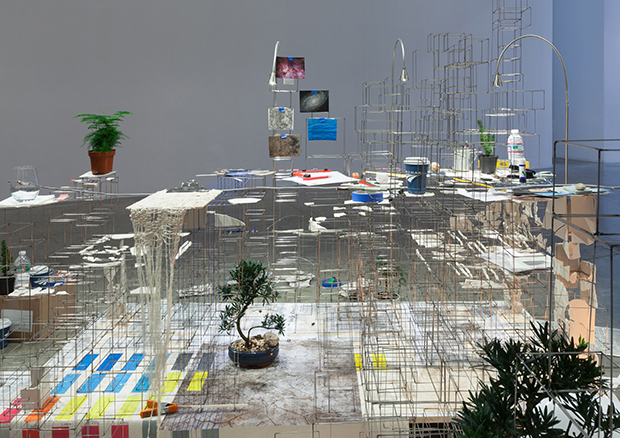
Why Sarah Sze’s words are as intricate as her art
Intrigued? Then come to the New York Public Library to hear the artist in conversation with Paul Holdengräber
The British painter Lucian Freud once said that any commentary he could offer on his art was about as relevant as the grunts a tennis player makes when striking the ball.
Thankfully, the American sculptor Sarah Sze is a little more forthcoming. Sze gives wonderful interviews, wherein she not only describes and expounds upon her own art, but also on other subjects, such as science, drawing and nature, in a way that’s almost as engaging as her art.
Here she is in 2012, telling the New Yorker about her High Line piece, Still Life with Landscape (Model for a Habitat) (2011): “The old railroad is already a line moving through space. So I came up with this kind of ridiculous idea to make a three-dimensional model of a drawing in one-point perspective. It’s a representation of deep space in deep space. It’s a sculpture that’s also a drawing, a still-life that’s also a landscape. And I like how the walk itself becomes a negative space in the sculpture.”

In our forthcoming monograph, Sze tells Okwui Enwezor why, although she is a sculptor, drawing remains an important part of her art making: “Drawing is so immediate. Drawing is often the first step of sculpture, of music, of poetry, the first mark, a very simple, very primal first step. It has the fragility of the touch. It has the immediacy of the hand. And drawing inherently contains a kind of potential, which I think is very important.”

And here she is back in 2015 telling Phaidon.com why her reified, complicated sculptures, that can include everything from an SUV to a fake rock to an empty packet of birth-control pills, aren’t always easily unpicked in one, definitive reading: "I try to not make a 'definitive' reading, but rather approach this question more from the point of what kinds of questions I posed when thinking about and making the work. Scientists frame their labs this way - their experiments are always based on a question which guides the initial direction of the research, although the discoveries they make are often quite different to the initial questions. In each space there is the creation of a kind of landscape or field for the mind and body to inhabit, even if for a precise, fleeting moment."

For more illuminating words from Sarah Sze, come along to the New York Public Library on the evening of Friday 6 May to hear her live in conversation with the writer and interviewee Paul Holdengräber. The talk coincides with the publication of our new Sarah Sze monograph, so you should expect some discussion of her life and work, and, if previous conversations are anything to go by, plenty more besides.
To book tickets go here; for more on Sarah’s life and work, order a copy of our new book here.